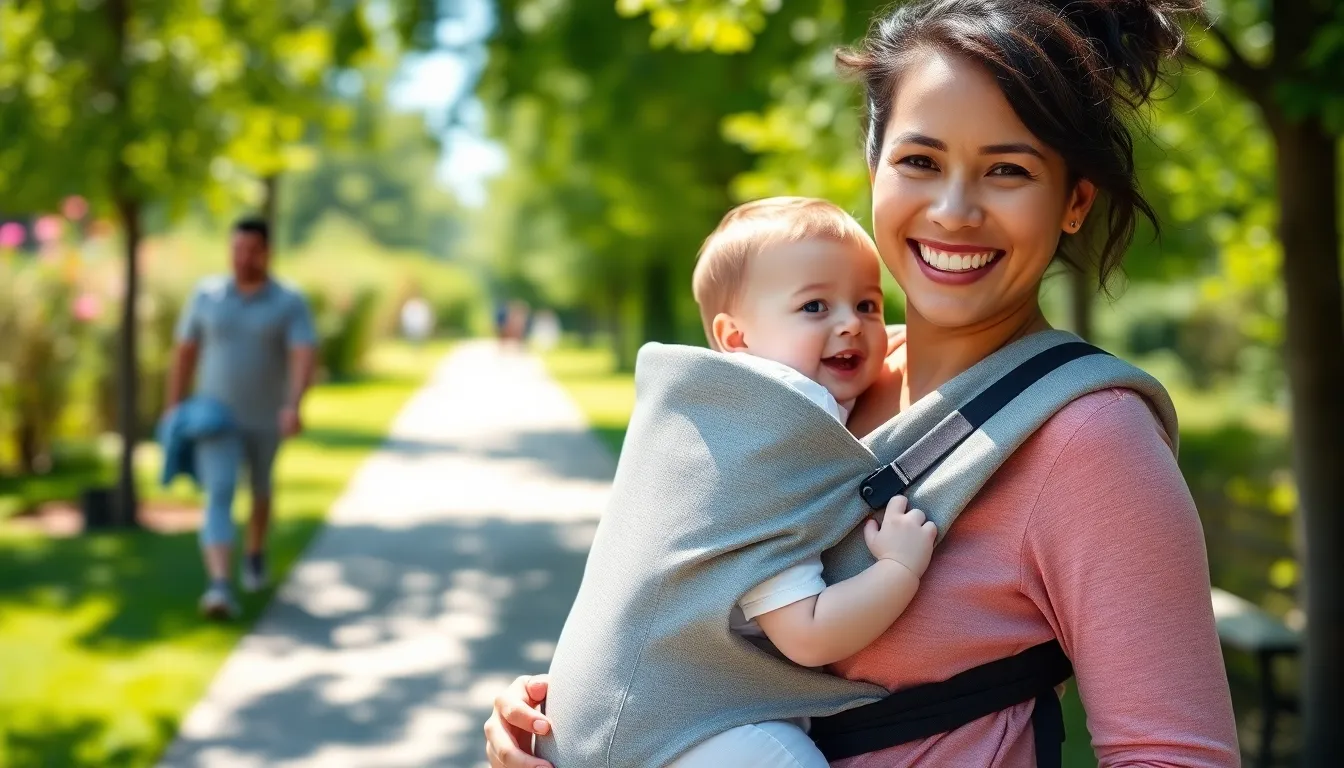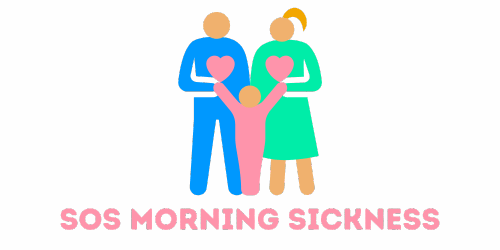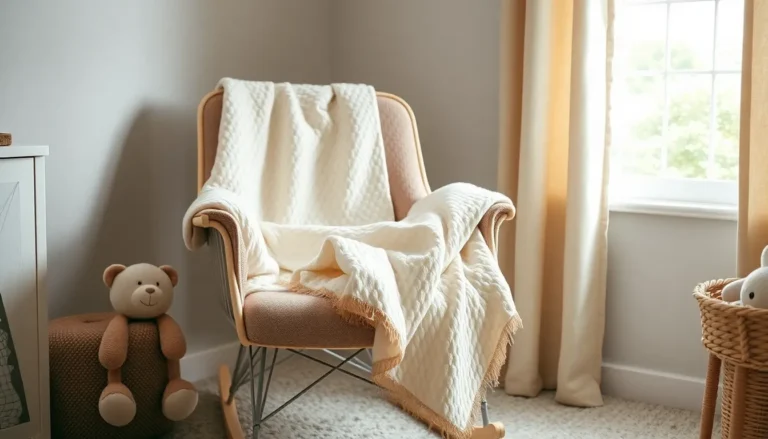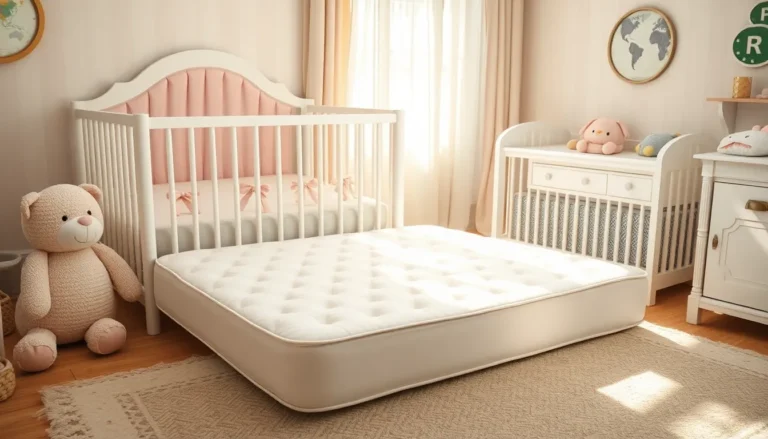In a world where multitasking is an Olympic sport, baby carriers are the gold medalists of parenting. They let caregivers juggle life’s demands while keeping their little ones snug and secure. Imagine having your hands free to sip coffee, tackle chores, or even dance like no one’s watching—all while your baby enjoys the front-row seat to life’s greatest show.
Not only do baby carriers promote bonding and comfort, but they also come in styles that make fashionistas weep with envy. Whether it’s a sleek wrap or a structured backpack, there’s a carrier that’ll suit every personality and lifestyle. So, why not elevate your parenting game? With a baby carrier, you can conquer the world—one tiny giggle at a time.
Table of Contents
ToggleOverview of Baby Carriers
Baby carriers are versatile tools that enhance parenting experiences. They provide a secure way to hold infants while keeping hands free for other tasks. Options range from wraps and soft-structured carriers to slings and backpack carriers. Each type caters to different needs, offering varying levels of support and comfort.
Comfort is a crucial factor when selecting a carrier. Many models prioritize ergonomic designs to ensure baby and caregiver can maintain the proper posture. This aspect helps alleviate strain on the back and shoulders during prolonged use.
Safety features play a significant role in the choice of baby carrier. Look for options with sturdy buckles, adjustable straps, and a proper seat for the baby. Ensuring the carrier meets safety standards is essential for peace of mind.
Style choices also matter, allowing parents to express their personalities. Numerous colors and patterns exist, enabling personalized selection to complement everyday attire. Additionally, some brands use eco-friendly materials, appealing to environmentally conscious consumers.
Carriers offer numerous benefits beyond convenience. Research indicates that babywearing can enhance bonding, boost emotional security for infants, and promote developmental benefits. These carriers hold infants close to caregivers, fostering interactions that support attachment.
Ultimately, baby carriers allow caregivers to blend daily responsibilities with nurturing. They provide a practical, stylish solution for parents who value both function and appearance. Choosing the right baby carrier can significantly impact the overall parenting journey.
Types of Baby Carriers

Baby carriers come in various styles, each designed for different needs and preferences. Understanding the types helps caregivers make informed choices.
Soft Structured Carriers
Soft structured carriers feature a pre-formed design with padded shoulder straps and a supportive waistband. These carriers distribute the baby’s weight evenly, enhancing comfort for both child and caregiver. Popular among parents, they often come with adjustable settings to accommodate different body types. Many models also include additional features, such as pockets for carrying essentials. The ease of use and versatility make them a favorite for everyday activities and outings.
Wraps and Slings
Wraps and slings prioritize close contact between parent and baby. Wraps consist of long pieces of fabric that allow for multiple carrying positions, offering flexibility and customization. Slings, on the other hand, are typically made of a single piece of fabric with rings to adjust the fit. Each option provides a snug fit, encouraging bonding while supporting the baby’s hips. Ideal for newborns, both wraps and slings promote a secure environment that fosters emotional development.
Backpack Carriers
Backpack carriers excel in outdoor adventures and hiking. Designed with sturdy frames, they provide robust support for older infants and toddlers. Comfort features often include padded hip belts and adjustable straps to relieve pressure on the wearer’s back. Many models come equipped with storage compartments for essentials like snacks, water, and diapers. These carriers allow caregivers to explore nature while ensuring children enjoy the experience safely and comfortably.
Benefits of Using Baby Carriers
Baby carriers offer numerous advantages for both parents and infants. These benefits enhance the overall parenting experience through convenience, comfort, and emotional connection.
Bonding with the Baby
Bonding with the baby occurs naturally when using a baby carrier. Close contact promotes secure attachment and emotional development, fostering a sense of trust between caregiver and child. Carrying a baby physically encourages infants to feel safe and nurtured, which can be particularly beneficial during the early months. Research shows that increased skin-to-skin contact boosts breastfeeding success and helps regulate a baby’s temperature and heartbeat. Parents notice that their child responds positively to gentle movements and sounds, enhancing interaction and communication between them, deepening their connection over time.
Hands-Free Convenience
Hands-free convenience ranks among the top benefits of baby carriers. Parents can manage daily tasks while keeping their baby close and secure. Carrying an infant allows caregivers to multitask, whether they’re cooking, cleaning, or shopping, without putting their child down. Various carrier designs, including wraps and soft-structured options, enable easy adjustments for comfort and accessibility. With a baby carrier, caregivers experience enhanced mobility, making outings smoother and more enjoyable. Most importantly, this hands-free capability allows parents to engage with their environment while their little one stays safe and content.
Safety Considerations
Using a baby carrier involves key safety practices to ensure both baby and caregiver’s well-being. Following proper usage guidelines and focusing on ergonomic support plays a significant role in a safe carrying experience.
Proper Usage Guidelines
Always ensure the baby carrier meets safety standards set by recognized organizations. Parents should check for sturdy buckles that secure properly and adjustable straps that accommodate various body types. Correct positioning of the baby is crucial; keeping the infant’s face visible and ensuring an upright posture prevents breathing issues. Additionally, caregivers must regularly inspect their carriers for wear or damage, as this maintains safety during use. Lastly, caregivers should engage in activities appropriate for their skill level when wearing the carrier, as this minimizes risks associated with accidents.
Ergonomic Support
Ergonomic support is vital for both the caregiver and the baby. Carriers designed with padded shoulder straps distribute weight evenly, reducing strain on the back and shoulders. Quality waistbands can further provide stability and comfort, allowing users to carry their child for extended periods. Opt for designs that encourage a natural position for the baby, such as a seated “M” shape with knees elevated. This design promotes healthy hip development. Consulting user guidelines from manufacturers helps identify features that enhance support and comfort.
How to Choose the Right Baby Carrier
Selecting a baby carrier involves considering several vital factors. Assess comfort first; a well-padded shoulder strap and supportive waistband contribute to an enjoyable wearing experience. Evaluate the type of carrier; soft-structured designs offer stability, while wraps and slings promote close contact. Look for a carrier that accommodates the baby’s growth; adjustability ensures longevity and versatility.
Safety features remain paramount. Check that the carrier conforms to safety standards, with sturdy buckles and robust materials. Ergonomic support plays a critical role in keeping both the caregiver and baby comfortable. Secure positioning that supports the baby’s hips fosters healthy development.
Consider the intended use; more active lifestyles benefit from backpack carriers, equipped with extra storage for outings. Reviews from other parents highlight practical features that may enhance daily routines. Evaluate the ease of putting on and taking off the carrier, as this can save time and reduce stress.
Choose a style that resonates with the caregiver’s personality; a variety of colors and fabrics available make it easy to find an option that matches individual tastes. Conduct regular inspections for wear and damage to maintain safety over time.
Prioritize features based on personal needs and lifestyles. Some may value flexibility in carrying positions, while others seek simplicity in design. Research available options and ask for recommendations from trusted sources to support informed decisions. Each aspect contributes to a fulfilling carrying experience for both parent and child.
Choosing the right baby carrier can transform the parenting experience. It offers a perfect blend of convenience and connection that benefits both parents and infants. With various styles available parents can find a carrier that suits their lifestyle while ensuring comfort and safety for their little ones.
Prioritizing ergonomic support and safety features is essential for a positive carrying experience. By selecting a carrier that meets their unique needs parents can enjoy the freedom to multitask while fostering a strong bond with their baby. The right baby carrier not only enhances mobility but also enriches the journey of parenthood in countless ways.








